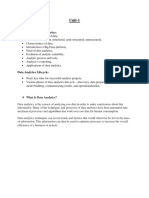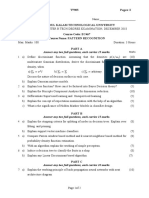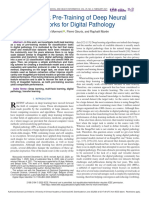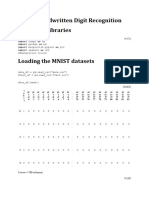0% found this document useful (0 votes)
7 views10 pagesData Science Unit 2 Part 1
data science unit 2 part 1.data science unit 2 part 1.data science unit 2 part 1.data science unit 2 part 1.
Uploaded by
kushkumarbluebird861Copyright
© © All Rights Reserved
We take content rights seriously. If you suspect this is your content, claim it here.
Available Formats
Download as PDF, TXT or read online on Scribd
0% found this document useful (0 votes)
7 views10 pagesData Science Unit 2 Part 1
data science unit 2 part 1.data science unit 2 part 1.data science unit 2 part 1.data science unit 2 part 1.
Uploaded by
kushkumarbluebird861Copyright
© © All Rights Reserved
We take content rights seriously. If you suspect this is your content, claim it here.
Available Formats
Download as PDF, TXT or read online on Scribd
/ 10


























































































